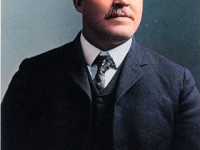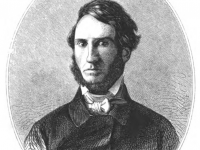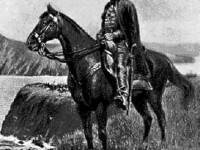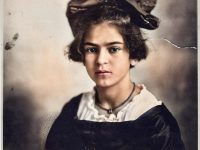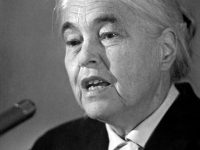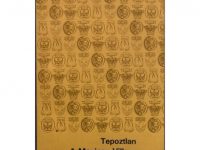Edward Herbert Thompson and the Cenote Sagrado
On September 28, 1857, American archaeologist and diplomat Edward Herbert Thompson was born. Thompson is most famous for dredging the Cenote Sagrado (Sacred Cenote) in Chichen Itza from 1904 to 1910, where he recovered artifacts of gold, copper and carved jade, as well as the first-ever examples of what were believed to be pre-Columbian Maya cloth and wooden weapons. Edward Herbert Thompson – Early Years Edward Herbert Thompson was born in Worcester, Massachussetts,…
Read more

